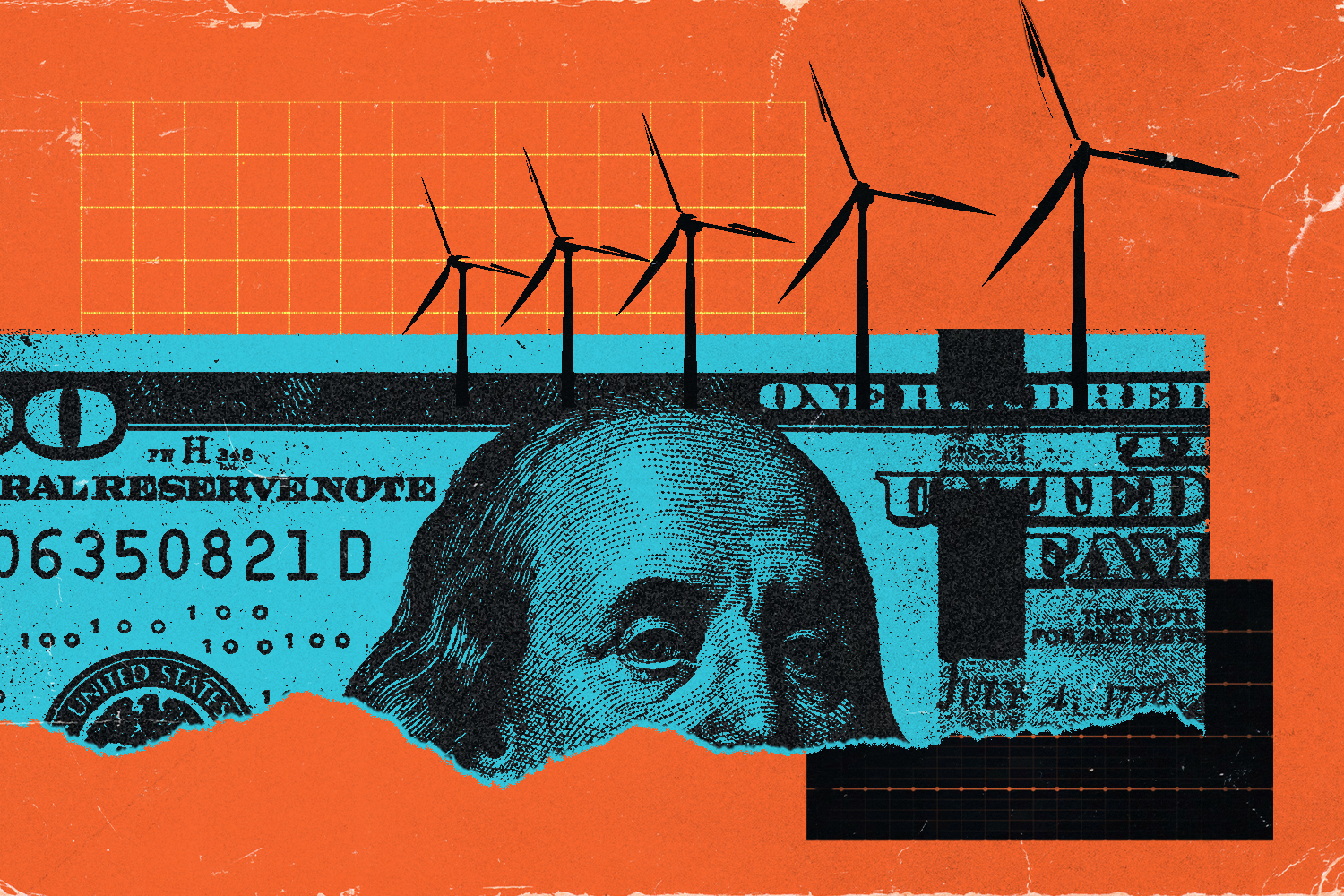Projections about the economic impacts of human-caused climate change have mostly implied that the repercussions of even worst-case global warming scenarios would be manageable—particularly when you factor in advances in renewable energy and carbon sequestration. But in a new study in the journal Environmental Research Letters, scientists propose that previous models ignored a crucial climate variable, causing them to underestimate just how much damage a warming world could do to the economy. Prior calculations found that low-income countries took most of the economic hit, giving high-polluting countries less incentive to cut emissions, but these new findings demonstrate just how universal the costs could be.
Their findings are important because they stand as a rebuke to the notion that the costs of investing in technologies and other measures to curb warming outweigh the benefits. Crucially, the data also brings economic models more in line with predictions from the world’s climate scientists, which is hugely important for guiding policy around decarbonization.
What’s different about this model
Models that predict how much climate change will impact the economy typically focus on how weather in individual countries will affect those countries’ GDP (aka the total value of the goods and services they produce). But in reality, weather raining down upon one stretch of land doesn’t affect a nation in isolation. The global economy is interconnected. For example, if today’s South America faced a drought that slashed their crop production, they could import food from places getting good rainfall to avoid inflation spikes. But if multiple parts of the world are facing a drought, as is increasingly likely with climate change, other regions may not be able to help out, causing food prices to spike in South America.
To determine just how much these ripple effects change predictions, the researchers reevaluated three existing models for impacts of severe climate change (more than 3 degrees C by 2100). Across all three scenarios, the updated estimates were bleak: The analysis predicted median GDP losses of −19%, −40%, or −86%, which are around four times more drastic than previous estimates. For context, during the Great Depression the U.S. GDP fell 30% between 1929 and 1933.
To take it a step further, the researchers also compared those drops with the costs of mitigation. They plugged their estimated losses into a model that calculates how much and how quickly the world needs to reduce emissions to balance the costs of emission reductions with the monetary costs of climate change damage. In doing so, the authors found that the world must cut emissions further and faster than previously estimated—enough to change the recommended warming limit for optimizing the economy from 2.7 degrees C to 1.7 degrees C. These adjusted recommendations are much more in line with policy action advocated for by climate scientists than previous economic counsel.
From macro to micro
Although the study looks at the country-level effects of climate change, shifts in GDP have major effects on the everyday person. When GDP is growing, the average standard of living increases. When GDP falls, the opposite occurs and unemployment rises. The study authors predict that if extreme weather across multiple countries hits at the same time, the global ability to produce certain goods like crops could decrease, driving inflation.
On the other hand, a government that realizes taking swift action to mitigate climate change is in its own best financial interest will promote policies that may also benefit the little guy. These could include, for instance, subsidies on electric vehicles, home solar power, and more, which countries like Sweden and Norway are leading the way on.

